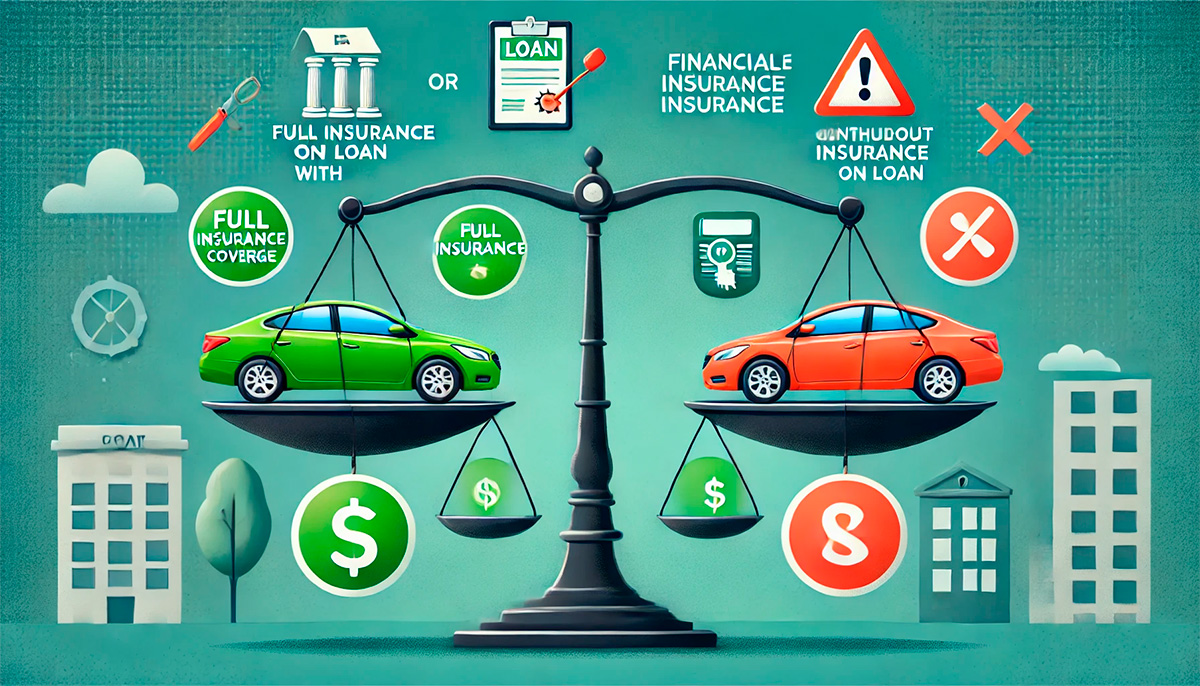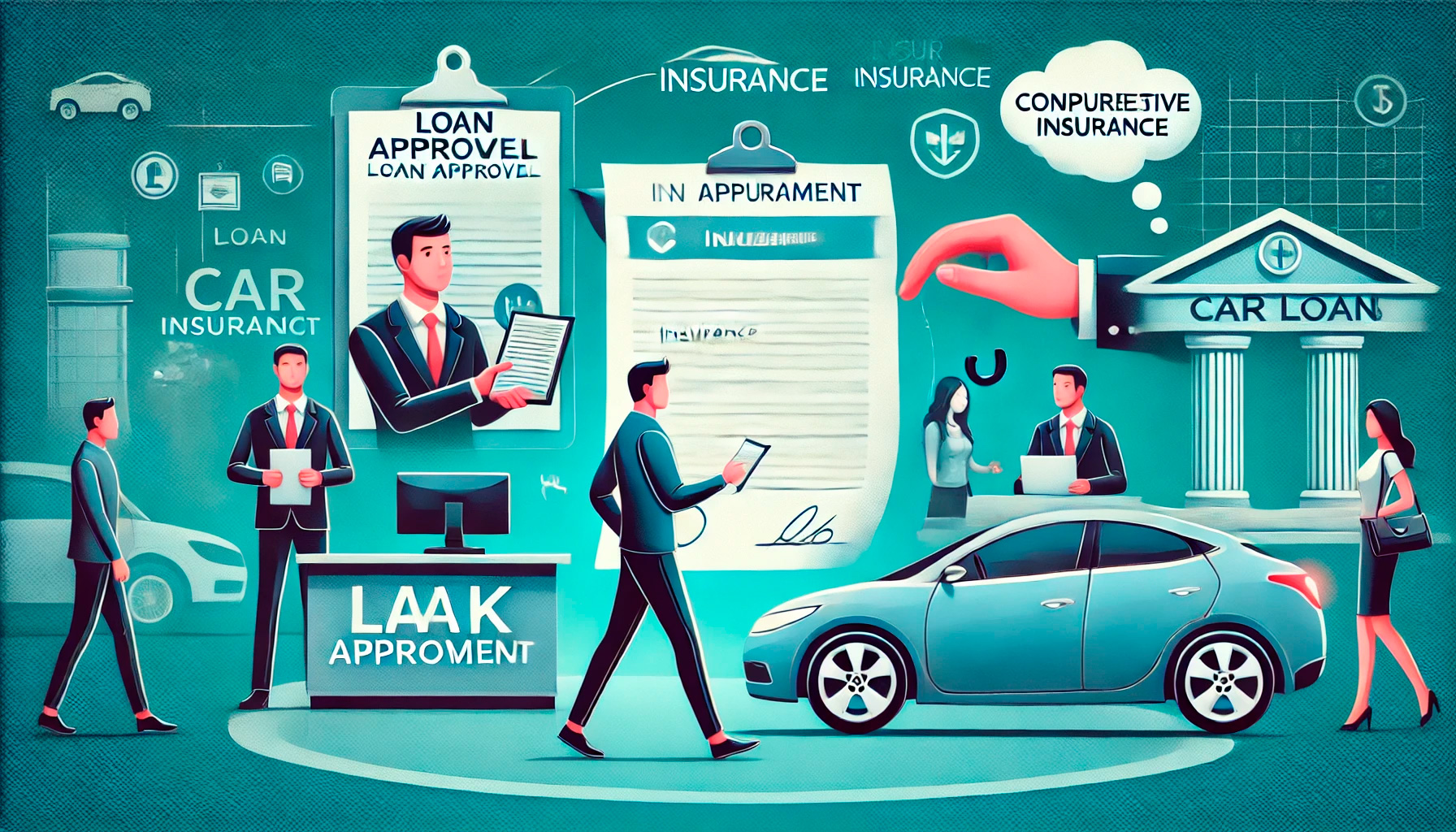Buying a car is an exciting milestone, but it often comes with a host of financial responsibilities, including securing a loan and obtaining insurance. One question that frequently arises is whether you can buy a car on loan without comprehensive insurance. The short answer is: it depends on the lender and the type of loan. This article explores the relationship between car loans and insurance, the role of comprehensive insurance, and whether it’s possible to finance a car without it. We’ll also delve into the risks, alternatives, and strategies to make the process more affordable.
Understanding Comprehensive Insurance
Comprehensive insurance is a type of auto insurance that covers damage to your vehicle caused by events other than collisions. This includes theft, vandalism, natural disasters, and falling objects. Unlike liability insurance, which is mandatory in most states, comprehensive insurance is optional. However, it is often required by lenders when you finance a car.
The reason lenders insist on comprehensive insurance is to protect their investment. Since the car serves as collateral for the loan, the lender wants to ensure that it remains in good condition and retains its value. If the car is damaged or stolen, comprehensive insurance helps cover the cost of repairs or replacement, reducing the lender’s risk. Without this coverage, the lender could face significant financial losses if the car is totaled or stolen, leaving the borrower unable to repay the loan.
Do You Need Comprehensive Insurance for a Car Loan?
In most cases, lenders require borrowers to carry comprehensive insurance, along with collision insurance, when financing a car. This combination is often referred to as “full coverage” insurance. The specific requirements may vary depending on the lender and the terms of the loan, but the general rule is that if you’re borrowing money to buy a car, you’ll need comprehensive insurance.
Some lenders may allow you to opt out of comprehensive insurance if you make a large down payment or if the car is older and has a lower value. However, this is rare, and even in these cases, the lender may still require some form of insurance to protect their interest in the vehicle. It’s important to carefully review your loan agreement and discuss insurance requirements with your lender before finalizing the purchase.
Why Lenders Require Comprehensive Insurance
Lenders require comprehensive insurance for several reasons. First, it protects their financial interest in the car. If the vehicle is damaged or stolen, the insurance payout helps cover the outstanding loan balance, ensuring that the lender doesn’t suffer a loss. Second, it reduces the risk of default. If the car is totaled and the borrower doesn’t have insurance, they may struggle to repay the loan, leading to financial difficulties for both the borrower and the lender.
Finally, comprehensive insurance provides peace of mind for the borrower. Knowing that your car is protected against a wide range of risks can make it easier to focus on repaying the loan and enjoying your new vehicle. While the cost of comprehensive insurance may seem like an added expense, it can save you from significant financial hardship in the event of an unexpected incident.

Alternatives to Comprehensive Insurance
If you’re looking to avoid the cost of comprehensive insurance, there are a few alternatives to consider, though they may not always be feasible. One option is to purchase the car outright with cash, eliminating the need for a loan and, consequently, the lender’s insurance requirements. However, this is only possible if you have the funds available.
Another option is to opt for a smaller loan or a shorter loan term, which may reduce the lender’s insistence on comprehensive insurance. Some lenders may also offer gap insurance, which covers the difference between the car’s value and the outstanding loan balance in the event of a total loss. While this doesn’t replace comprehensive insurance, it can provide additional protection.
Additionally, you could consider purchasing a used car with a lower value, as some lenders may be more lenient with insurance requirements for older vehicles. However, it’s important to weigh the potential savings against the risks of driving without comprehensive coverage.
Risks of Skipping Comprehensive Insurance
While it may be tempting to skip comprehensive insurance to save money, doing so can be risky. Without comprehensive coverage, you’ll be responsible for paying for any damage to your car caused by non-collision events. This can be particularly costly if your car is stolen or damaged in a natural disaster.
Additionally, if you’re financing the car, skipping comprehensive insurance could put you in violation of your loan agreement. This could result in penalties, higher interest rates, or even the lender repossessing the vehicle. It’s essential to carefully review your loan agreement and understand the insurance requirements before making a decision.
Moreover, driving without comprehensive insurance can leave you financially vulnerable. For example, if your car is stolen, you would need to cover the cost of a replacement vehicle while still making payments on the loan for the stolen car. This double financial burden can be overwhelming and may lead to long-term financial difficulties.
How to Save on Comprehensive Insurance
If comprehensive insurance is a requirement for your car loan, there are ways to reduce the cost. Start by shopping around and comparing quotes from multiple insurance providers. Rates can vary significantly, so taking the time to find the best deal can save you money.
You can also consider raising your deductible, which is the amount you pay out of pocket before the insurance kicks in. A higher deductible typically results in lower premiums, but make sure you can afford the deductible if you need to file a claim. Additionally, look for discounts, such as those for safe driving, bundling multiple policies, or installing anti-theft devices in your car.
Another strategy is to maintain a good credit score, as many insurance companies use credit-based insurance scores to determine premiums. By improving your credit score, you may qualify for lower rates. Finally, consider driving a car with a high safety rating, as these vehicles often come with lower insurance premiums due to their reduced risk of accidents and theft.
Conclusion: Balancing Cost and Protection
While it may be possible to buy a car on loan without comprehensive insurance in some rare cases, most lenders require it to protect their investment. Comprehensive insurance provides valuable protection for both the lender and the borrower, covering a wide range of risks that could otherwise result in significant financial loss.
If you’re concerned about the cost of comprehensive insurance, explore ways to save, such as shopping around for quotes, raising your deductible, or taking advantage of discounts. Ultimately, the goal is to balance the cost of insurance with the need for financial protection, ensuring that you can enjoy your new car without unnecessary stress or risk.
Before making any decisions, carefully review your loan agreement and consult with your lender to understand their specific insurance requirements. By doing so, you can make an informed choice that aligns with your financial goals and provides peace of mind on the road. Remember, while comprehensive insurance may seem like an added expense, it is a crucial safeguard that protects both you and your lender from unforeseen financial challenges.



